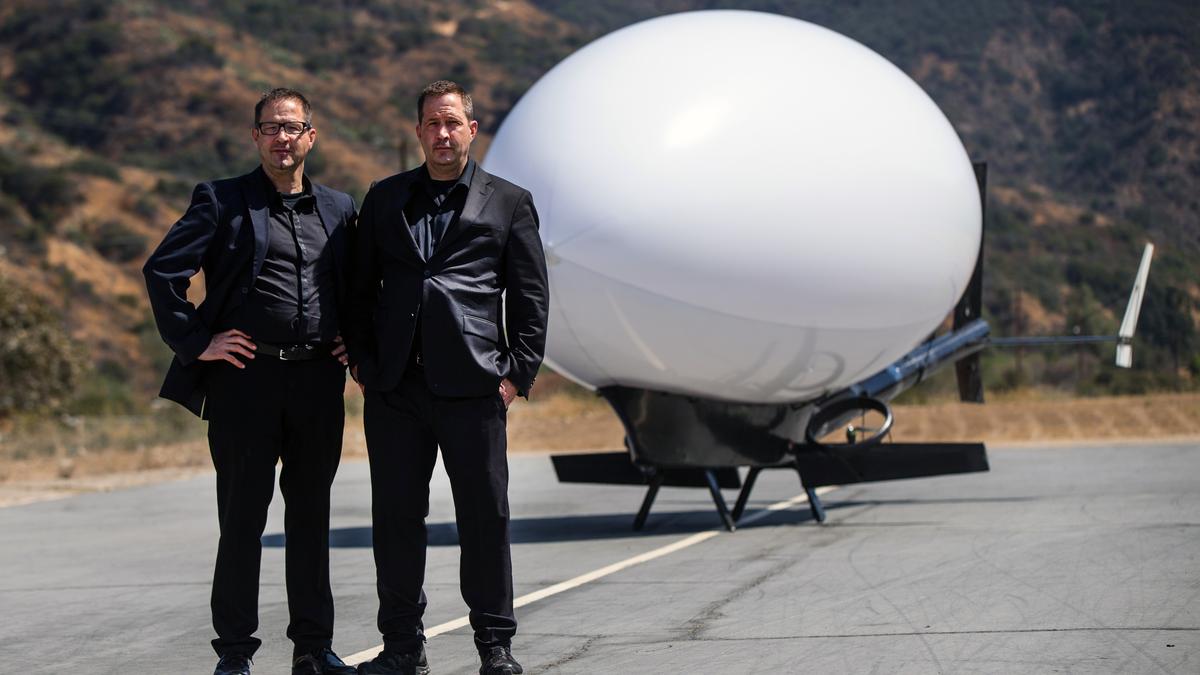 What do you get when you combine a plane, a helicopter, and a blimp? Introducing the Plimp, a new type of aircraft that has features of all three!
What do you get when you combine a plane, a helicopter, and a blimp? Introducing the Plimp, a new type of aircraft that has features of all three!
James Egan, the inventor, had come up with this idea after attaching a helium balloon to one of his wooden gliders.
James and his brother finally revealed their product earlier this month as a drone prototype, and they plan to expand their dream into creating a safer aircraft that can carry passengers in the near future.
But how exactly does the plimp work?
First, The Blimp
 You may have seen blimps carrying advertising messages, especially in the summertime when people are outdoors.
You may have seen blimps carrying advertising messages, especially in the summertime when people are outdoors.
A blimp is a lighter-than-air aircraft that rises up like a hot-air balloon and then moves around like a plane. The blimp does not have an internal structure; instead, the balloon-like shape of the blimp is created from the envelope, which is made out of fabric similar to that of a spacesuit.
Inside the envelope are two bags of air known as ballonets. Instead of the engine, these ballonets are inflated with helium gas that lifts the blimp into the air or deflated to bring it down.
Since the helium inside the blimp is lighter than the air around it, the blimp is buoyant and rises up like a helium balloon. As a result, a blimp can stay in the air for a long time without actually using a lot of energy and power like a plane does to get off the ground.
The blimp is also equipped with engines on the sides that thrust the blimp forward. With these engines, blimps can move from 30 to 70 miles per hour. Blimps are used today mainly for advertising and research like scouting whales.
Meet The Plimp!
 Similar to a blimp, a Plimp is filled with helium; however, it does not completely rely on buoyancy to rise into the air. Instead, the aircraft lifts off the ground vertically, similar to how a helicopter or a drone would take off.
Similar to a blimp, a Plimp is filled with helium; however, it does not completely rely on buoyancy to rise into the air. Instead, the aircraft lifts off the ground vertically, similar to how a helicopter or a drone would take off.
Once the aircraft reaches a suitable height, the wings are turned into a horizontal position, and the Plimp can now move forward horizontally.
To land, the pilot would reduce the power of the engines, and the Plimp will drift towards the ground. This new hybrid aircraft has several other perks as well. The Plimp’s propellers do not make a loud choppy noise like a helicopter, and the aircraft can fly faster than a blimp.
Most importantly, the Egan brothers aim to make their Plimp a safe airship that can carry 8-10 passengers and will revolutionize air travel.
Sources: LiveScience, HowStuffWorks, Wikipedia, Popsci.com, plimp.com







